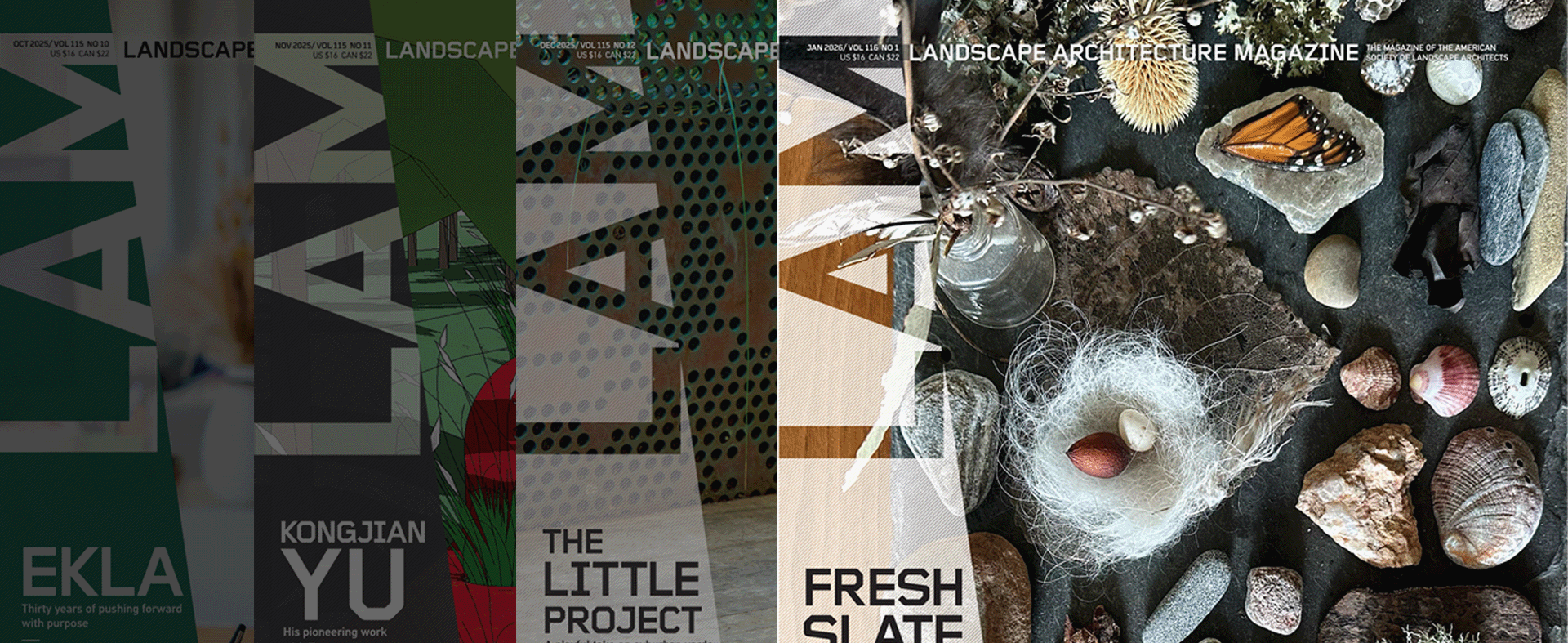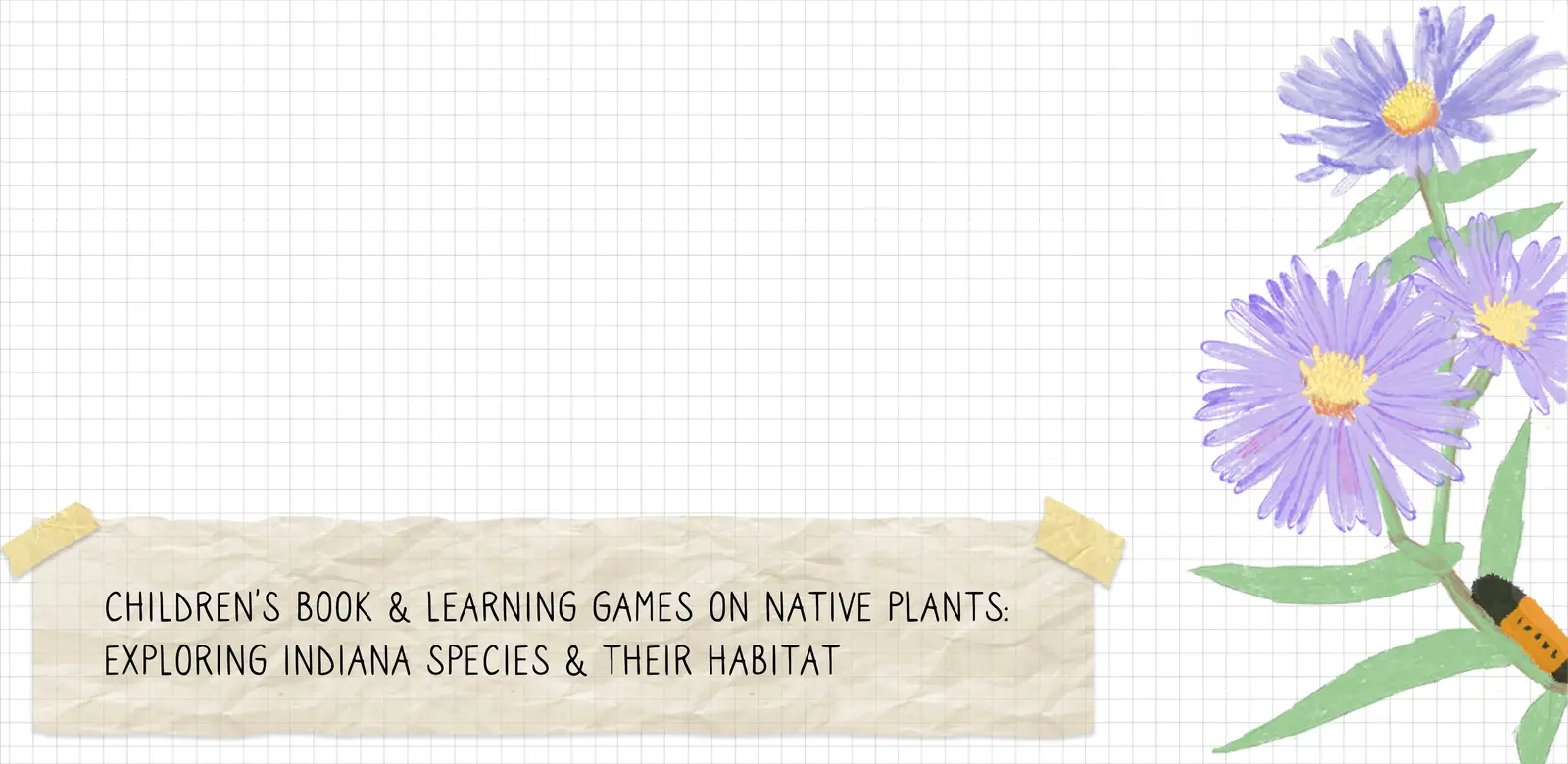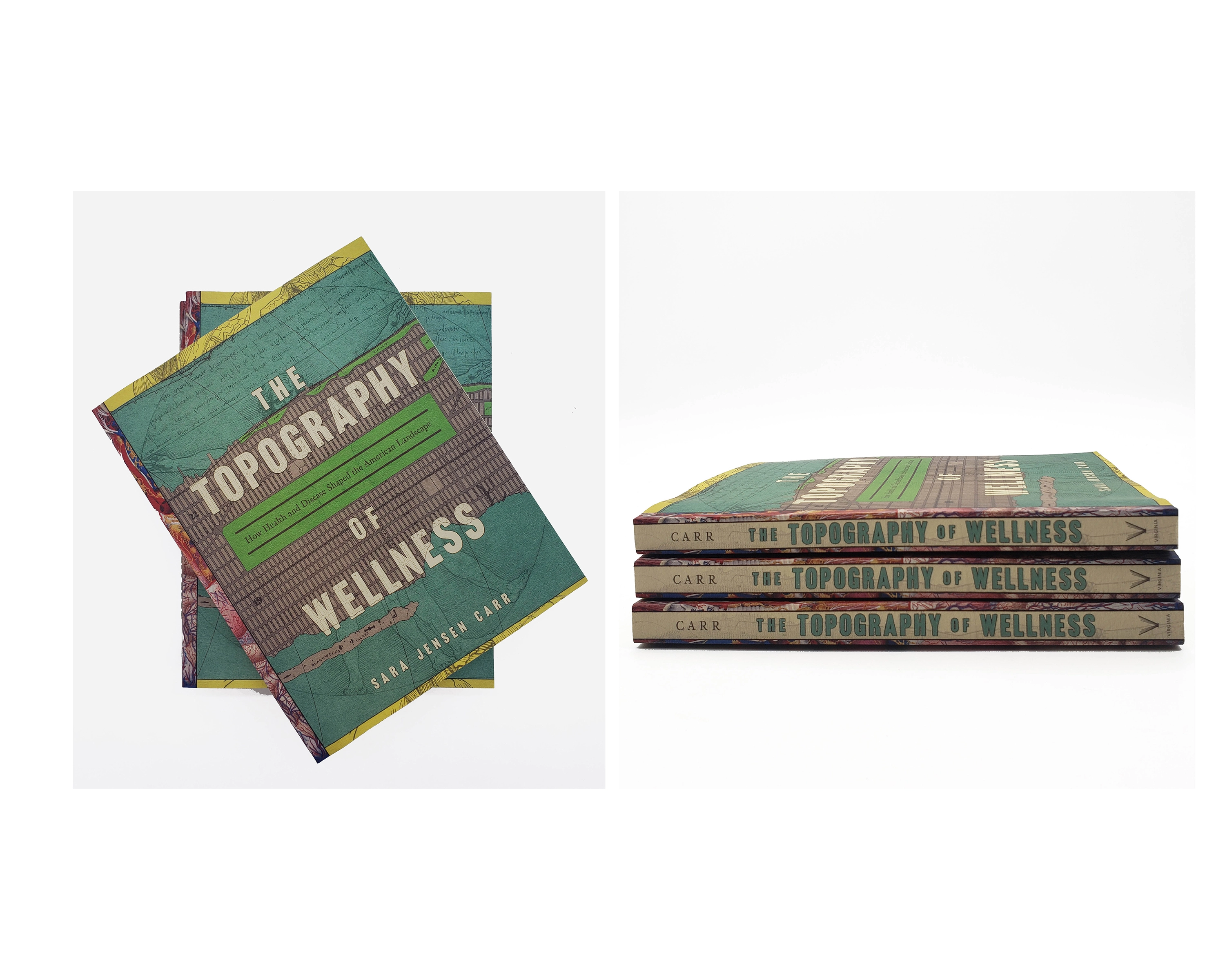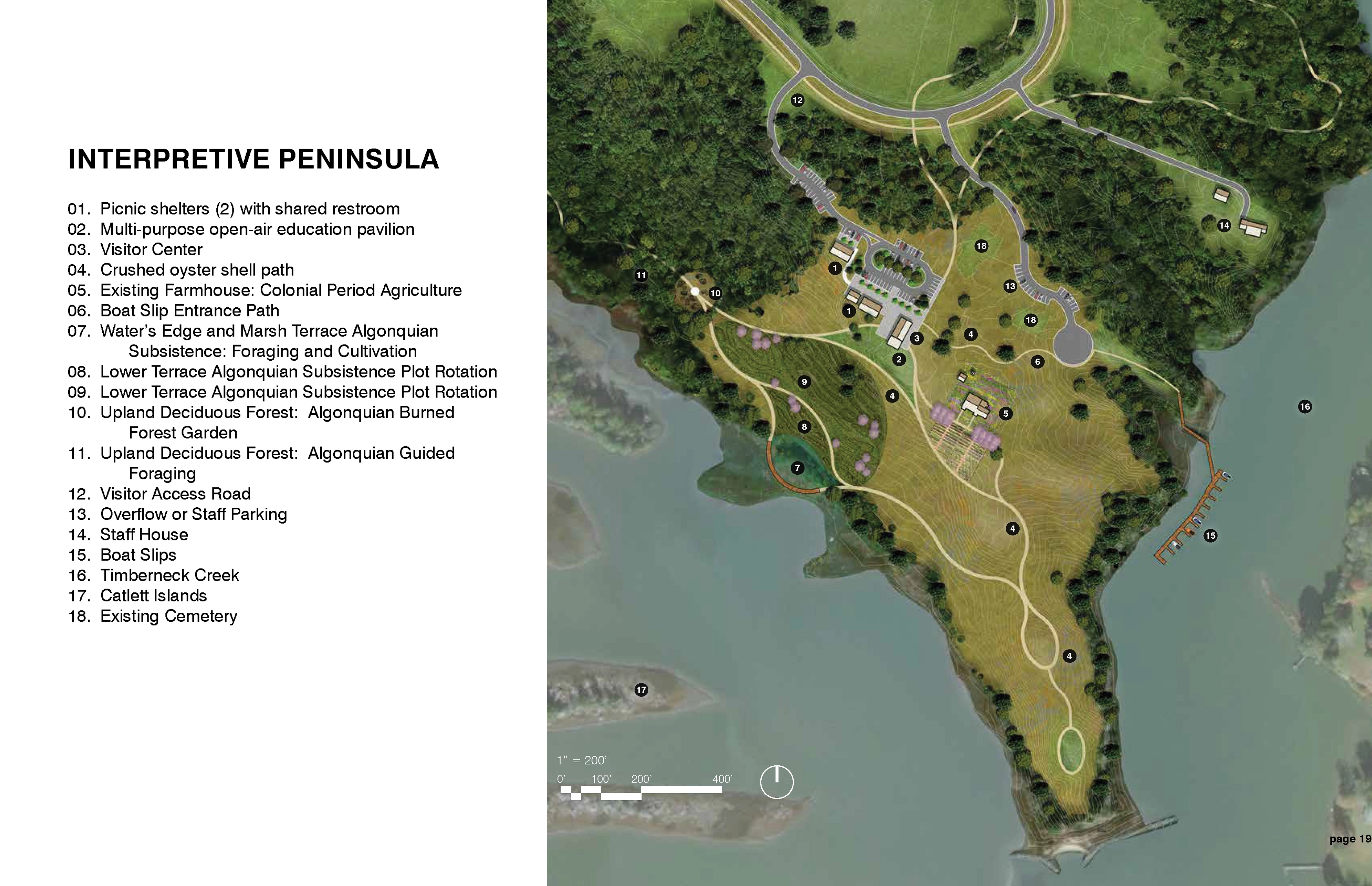Children's Book and Learning Games on Indiana Native Plants & Habitats
Autumn McNinch, Associate ASLA; Chloe Kennedy, Associate ASLA; Kayla Kramer, Associate ASLA; Molly Wimberg; Wanting Zhang, Student ASLA
The book and games allow growth and exposure to Landscape Architecture, it’s a well-crafted and thought-out game that could make landscape planning and decision making more accessible. An innovative application of knowledge-based systems to spread awareness and educate others.
Awards Jury
-
"Children's Book and Learning Games on Native Plants" are the efforts of us landscape architecture students passing down to younger audiences two crucial things we have learned during our time as university students: plant native, and right plant, right place! By passing down this knowledge earlier in childrens' education, the native ecosystems and habitats of our local environments could drastically change for the better and promote healthier habitats.
-
Despite increasing awareness of native plants, many people still hesitate to plant them in their yards and gardens, or advocate for their use in public spaces. Organizations like the Indiana Native Plant Society aim to educate the public about native plants, but there is a gap in outreach and advocacy for children. educating younger generations about native plants can lead to change as they become active citizens and influence adults. Strong education initiatives for children are crucial to increase native planting in all states. The purpose of "Children's Book and Learning Games on Native Plants" is to find ways in which this gap in education can be filled, with different methods like a children's book, class exercises, youth and adult board games, and a bulletin pin-up exercises to reach a wide range of audiences to be educated.
The main premise behind the children's book and its associated games and activities is looking at some native Indiana plants and the four major habitats in the state: Prairie, Prairie Edge, Woodland, and Water's Edge. Two to three species are featured from each habitat. Each habitat is visually symboled with a corresponding 'plant monster', who is hiding somewhere on the page. This is to establish a visual connection between the reader and the plants and habitats they are learning about. The back of the book features some 'quiz whiz' activities for readers to test their knowledge and plant-placing skills. Readers are encouraged to use their knowledge learned from the book and apply it to their own surroundings at home, motivating children to plant native species in their own backyards.
The intended audience for the children's book and in-class syllabus and exercise are children aged 6-10. This age period is an important educational period, as children learn to make more critical judgements and inferred decisions based on information around them. As more books about ecosystems and environmentally healthy actions are available, children can be taught sooner the importance of native species.
The youth-young adult board game is just as important to allow for opportunity and option for older audiences to engage with the concept of native plants and habitats.
As children are being educated through books, games, and school lessons, parents who actively participate can also learn and become aware of the need to plant native plants that fit best around their home and environment.
Other targeted groups for this book and games include 4-H educators, teachers, master gardener programs, and city officials engaging with children.
This book will be published electronically through the university's extension center and library e-Pubs. Easy access to its content encourages teachers and parents to purchase the book. The game and accompanying worksheets will be provided to local schools in hopes feedback and data will be gathered on the success of the content and application. Adjustments then can be made to the material based on this feedback.
"Children's Book and Learning Games on Native Plants" also serves as a transforming agent that seeds the concept of biodiversity, habitat creation, and ecosystems into the heart of young minds. Educating younger generations on native plants provides an increasing opportunity for change, and as children grow they can become active, educated citizens.
-
- Karen Mitchell - Consumer Horticulture Extension Specialist, Department of Horticulture & Landscape Architecture
- Kathryn Orvis - Professor of Horticulture, Department of Horticulture and Landscape Architecture
- Sean Rotar - , Assoc. Professor of Landscape Architecture, Department of Horticulture and Landscape Architecture

.webp?language=en-US)




















